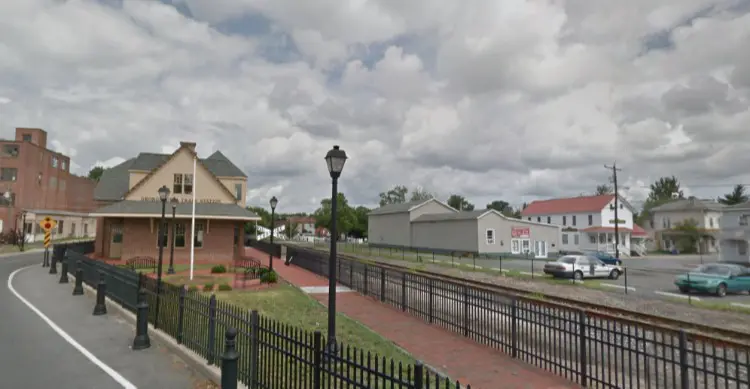This historical review of the city’s past is presented by the Georgetown personal injury lawyers of Schuster Jachetti LLP.
Georgetown’s rich history dates to the earliest days of our country and, quite similar to its exciting museums, is worth visiting if only in a brief format. This is exactly what our teams looks to do on this page.
The Early Days of Sussex County
Not long after the boundary contest between the beneficiaries of William Penn and Lord Baltimore was settled in 1775, and Sussex County was extended to its present outskirts, two petitions marked by 979 occupants of Sussex County were exhibited to the General Assembly imploring that the area seat be expelled from Lewes, and be all the more centrally situated. On January 29, 1791, an act was passed approving the expulsion of the province seat from Lewes to another site at “James Pettyjohn’s old field,”near the center of Sussex county.

That same Act also named George Mitchell, Robert Houston, William Moore, John Collins, Nathaniel Young, William Perry, Rhoads Shankland, Woodman Stockley, Daniel Polk, and Thomas Batson as chiefs, and tasked them with buying 100 acres of land and develop another town hall and prison. On May 9, 1791, the magistrates met at the place of Abraham Harris and arranged the acquisition of 50 acres of land from him, purchasing likewise 25 acres of land from Rowland Bevins and one section of land from Joshua Pepper. Chief Rhoads Shankland started to study the town that same day. On October 26, 1791, the General Assembly formally expelled the Seat of Justice to the new County Seat and named it Georgetown to pay tribute to Commissioner George Mitchell, who was dynamic in the development to incorporate the County Seat.
“16 Miles…”
Georgetown has kept on developing and flourishing, with its closeness to the award-winning Delaware resort sea shores, its status as the County Seat and the quality and vitality of its residents, were largely factors in this development. The Town’s middle, The Circle, is recorded on the National Register of Historic Places and is overwhelmed by a fabulous wellspring, and the red block Greek courthouse established in 1839, with its unique whipping post still standing. Other notable area and town government structures, law workplaces, and private organizations garnish The Circle’s perimeter.
Return Day
Return Day is an exceptional Delaware State Holiday and festivity held two days after every November political election when voters accumulate at the Circle in the memorable province seat of Georgetown to hear the Town Crier declare the political race’s results. The social event, visited by many nearby and state lawmakers, is a vivid tradition with buoys and groups, and winning and losing up-and-comers riding one next to the other in horse drawn carriages and classical autos. There’s additionally a Mayors’ Hatchet Toss pitting neighborhood city hall leaders against one another, amusement, merchants, nearby blends, and a bull cook at an open pit grill outside the County Courthouse. Above all, obviously, the day includes the stately Burying of the Hatchet to praise the official finish of the election season.
Demographics of Georgetown, DE
As of the National census of the year 2000, Georgetown boasted a population of 4,600 with 1500 households, and almost 1,000 families living within them. The ethnic composition of the town stands at 56% White, 21% African American, 2% Native American, .3% Asian, and 19% from other races. Interestingly enough, in the year 2000, about 22% of Georgetown residents identified themselves as Guatemalan-born, which made the small city the one with the largest percentage of Guatemalan-Americans in the entire country.
Local Team of Experts in Georgetown At Your Disposal
The Georgetown personal injury lawyers of Schuster Jachetti LLP boast decades of experience fighting for the rights of victims of accidents that result in life-changing injuries. Persons who find themselves in these situations can contact our team for more information and options.

